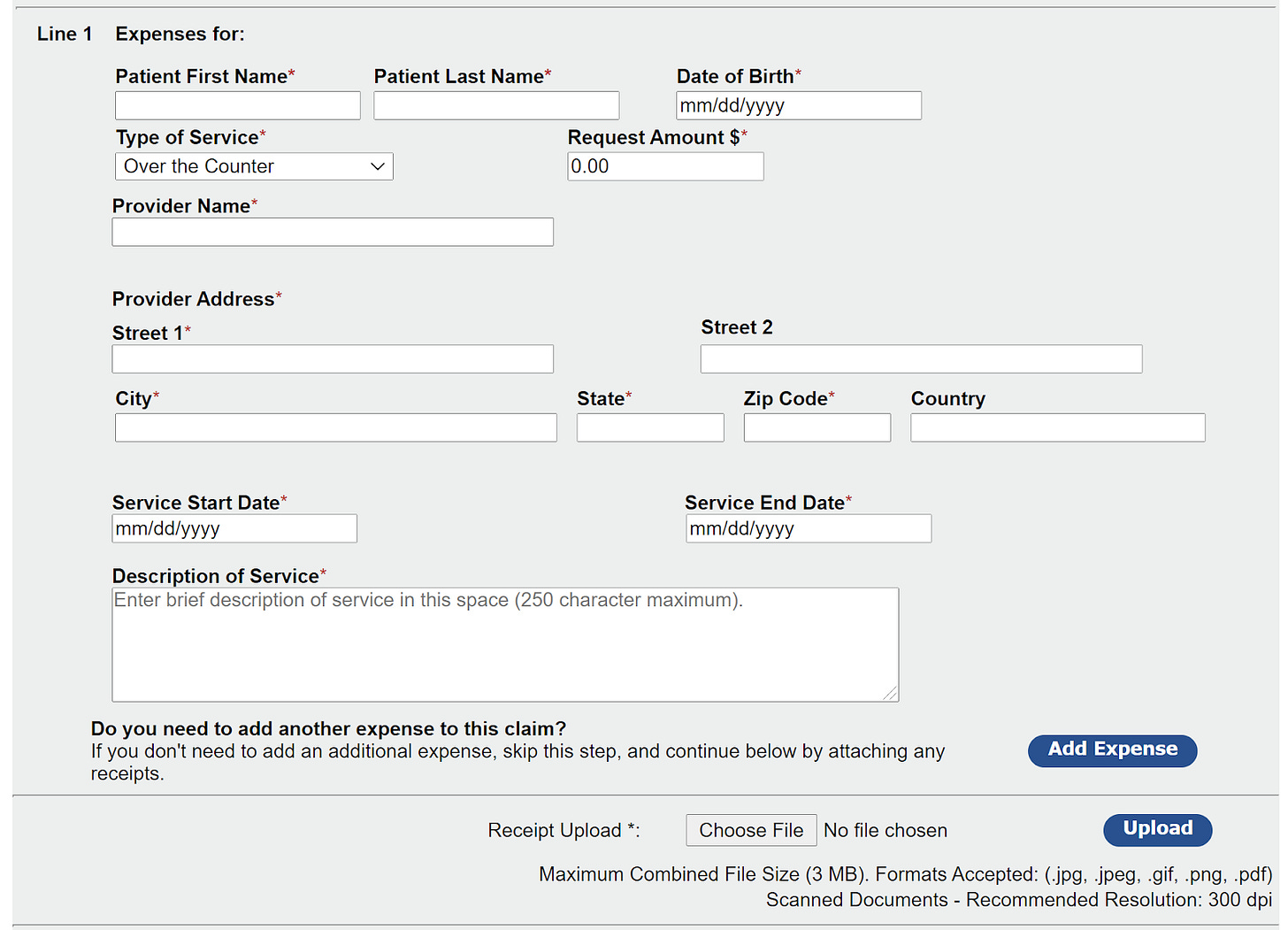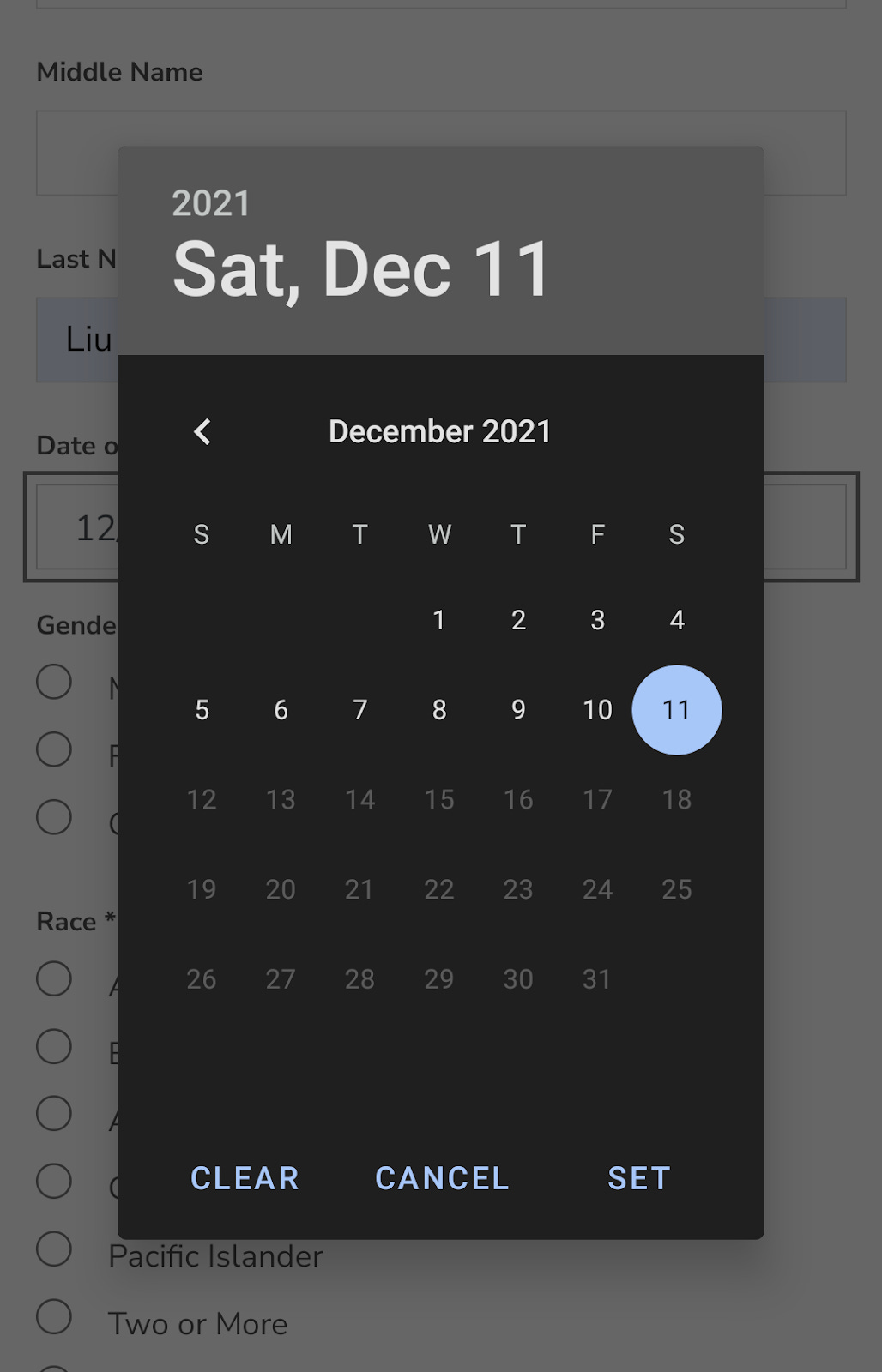The Hidden Cost of Cognitive Load
How invisible friction reduces conversion and what you can do about it
Imagine you are on vacation to a beautiful island for a week. During your trip, you have a work meeting that you have to prepare for and that can’t be moved. Even as you are relaxing and spending time with the kids at the beach, a part of you is thinking of the meeting that awaits you. That small event sits in the back of your mind, seemingly minor yet looming large. You plan around it, prep for it, and allow it to spread like red wine spilled on a white table cloth. Eventually, you come to dread it, this single hour out of your vacation that has taken over disproportionate mindshare and mental energy.
This is the hidden cost of cognitive load.
What is cognitive load?
Cognitive load is defined as “the amount of information that working memory can hold at one time” (ref). Sometimes, when someone says they have “a lot on their mind” it is because they are processing information in this working memory.
Product managers often talk about cognitive load when it comes to products. For example, a complex sign-up flow can overwhelm a user. By simplifying the information requested or breaking it up into understandable pieces, you can increase conversion. A simple change from the left screen to the right one (illustrated below) can substantially improve results.
These small adjustments to make the user interface cleaner and easier to follow demonstrate the power of reducing cognitive load. One experiment we did at Facebook was to display the phrase “debit card” next to the phrase “credit card” in the payment flow. This drove up total conversion by 1.5 percent. It wasn’t that most people didn’t intuitively understand that their debit cards would work, but making it explicit reduced the thought needed to drive conversion.
How to manage cognitive load in your product
When you are building a product, how much work are you making your users do? Think about the flow and the experience. If you are requiring your users to think about what they need to do, you are creating friction and reducing conversion.
Below you can see the bottom half of a Flexible Spending Account reimbursement screen. Note that the fields are not lined up in an organized way. Each time you enter information, it is stored separately. This means that if you buy medicine from Costco every month, you’ll need to enter the address information every month.
The call to action to upload receipts is also easy to miss, but clicking on submit doesn’t upload the image you linked to. Breaking this up into multiple screens with a clear call to action on each page, rather than one long screen, can give users a smoother experience.
The other issue with this page is that, when you click “submit” at the end of a page that is two or three scrolls down, any error messages are shown at the top. This can, naturally, confuse users.
Here is another example. I was setting up an appointment for a flu shot for my husband on a pharmacy website. The birthday field on the mobile webpage only allows you to select a date by paging month-by-month through a calendar. My husband is over 40, so to reach his actual birth date, I would have to click back 40 x 12 times (adding up to more than 480 clicks!). I was in a hurry, so I just picked the birthday for 2021. Thankfully, no error message showed up. If it had, I probably would have given up.
Cognitive load pushes people out of your product and reduces conversion. It also makes people feel less engaged and less excited about your services.
Here is a good set of rules for reducing cognitive load in your product:
Make it clear. Sometimes more friction, such as breaking up a complex flow (like the Flexible Spending Account example) into multiple pages, can make it easier for people to understand. Help them break up the process into digestible chunks.
Make it hard to make mistakes. By providing error messages and guided nudges as users progress, rather than putting them in a single, difficult-to-find place, you avoid forcing people to hunt for what went wrong.
Make your users feel smart, not stupid. Remember the last time you entered your phone number as xxx-xxx-xxxx, only to receive an error that said, “numbers only” or “format must be (xxx)xxx-xxxx”? What about the time you entered a date as DDMMYY, only to be asked for DDMMYYYY? By incorporating a guide that puts information in the correct format as users enter it, you can simplify the experience and reduce drop-offs.
How to manage cognitive load in your teams
We sometimes fall victim to the fallacy that if we all just tried harder, we could get more done. But by taking a step back, you can see that sometimes we create friction and gulfs without even noticing. These silos start small—for example, a different meeting schedule or communication style. Over time, however, they grow and are codified in tools or processes. Then, when it starts taking a lot of work to get things done, we wonder what went wrong and ask individuals to work harder. This is backward. Here are some tips to avoid this:
Align on strategy and priorities. Teams often end up tussling over small things, but it all starts with broad alignment over what matters. I remember a team I once managed struggling to work with another team. We were so far apart that, after one executive meeting, we spent more time disagreeing on what had happened during the meeting than we spent in the meeting itself. We realized we weren’t even speaking the same language, much less reaching alignment.
Break down the barriers. Teams often have different ways of doing things. I once had a Head of Engineering join our team, and the feedback was that he was not communicating and connecting with his team members. I realized that he came from an email-based team, and that, since our team used Workplace instead, he didn’t think to check it and respond. Micro-cultures spring up unexpectedly, so building bridges between cultures is critical.
Create a new concept of “team”. I have worked at waterfall companies, agile companies, and some in between. The waterfall teams have an arm’s-length relationship, but have trouble pivoting when faced with a change in direction or new information. Creating a broader concept of what a team is can help teams to respond more quickly and make decisions as necessary. A team is not just the people with the same job as you; often it is the people who complement you and bring different functions and skills to the table.
How to manage the cognitive load in your life
Most people don’t realize the hidden cost of cognitive load in their lives, and the impact it has on their well-being.
When I was a child, my parents stressed about whether they would make the mortgage when there was an unexpected repair. Long-distance phone calls cost $1 per minute; as a result, my father timed calls with his family in Asia down to the second so that we could enjoy the full minute we had to speak with them. We saved up for four years to buy plane tickets back to Hong Kong. I have a complicated relationship with money to this day because I grew up with the constant, visceral stress of worrying about it. It took me years to unpack this behavior and to realize that it was counterproductive.
When you are barely making ends meet, there is a significant amount of juggling you have to do to get through the month. If the electricity bill pulls money out before your paycheck hits, you could end up with an overdraft fee. If you get a parking ticket because you can’t find a legal space, you may not have enough to make rent. If you don’t make it to work on time, you could lose your job.
Money is one example of cognitive load, but time is another. That frantic feeling that you don’t have enough hours in the day creates an extra burden that reduces your ability to think and act with clarity. If you could remove just 20 percent of this load from your life, it would free you up to do more.
Here are a few things I have done to reduce my own cognitive load:
Put things on autopilot. Create a routine that makes everyday functioning easy for you. Decide on a set time to go to bed and a set time to wake up. Order household essentials to arrive on a standard schedule. Set up direct deposit and bill pay. If you want to start investing, send a set amount to a broad-based index fund each month and watch it grow. Streamline everyday tasks as much as you can to take the load off your own shoulders.
Keep reading with a 7-day free trial
Subscribe to Perspectives to keep reading this post and get 7 days of free access to the full post archives.








